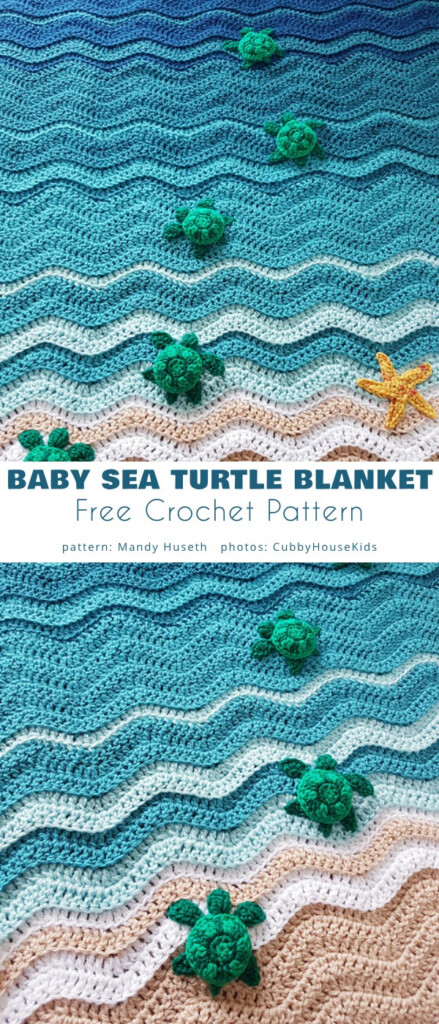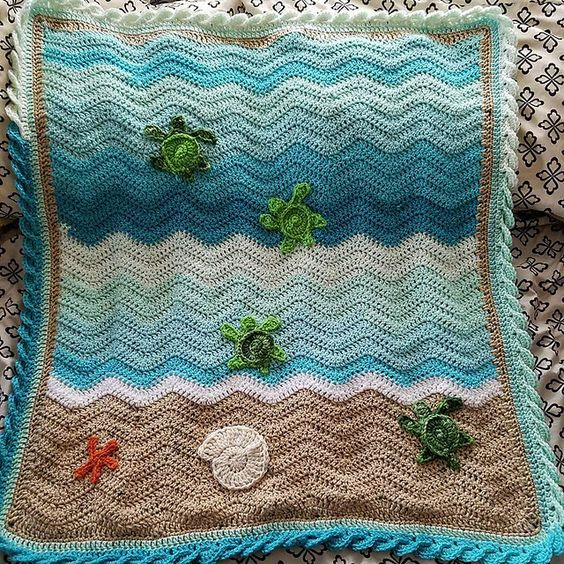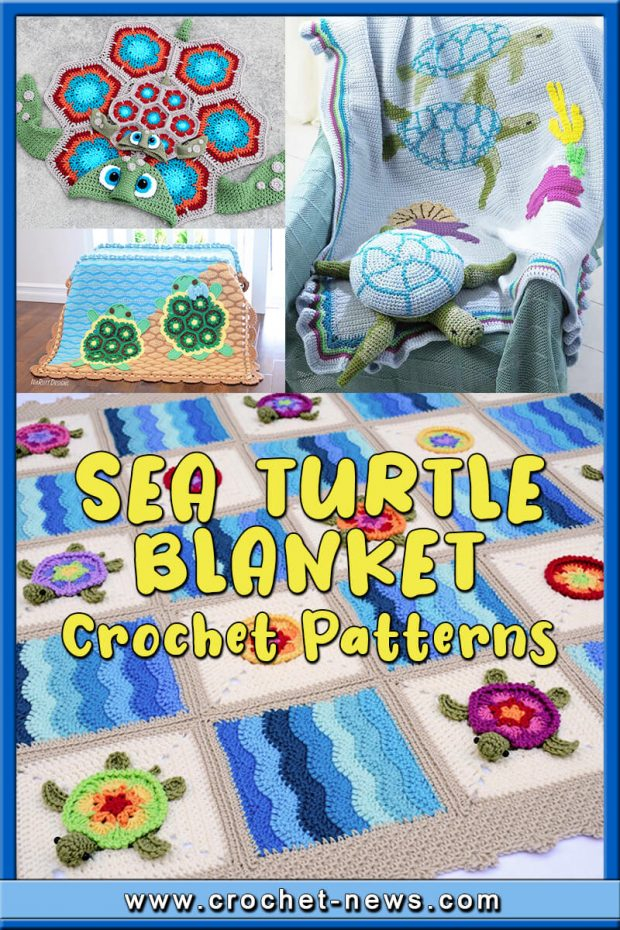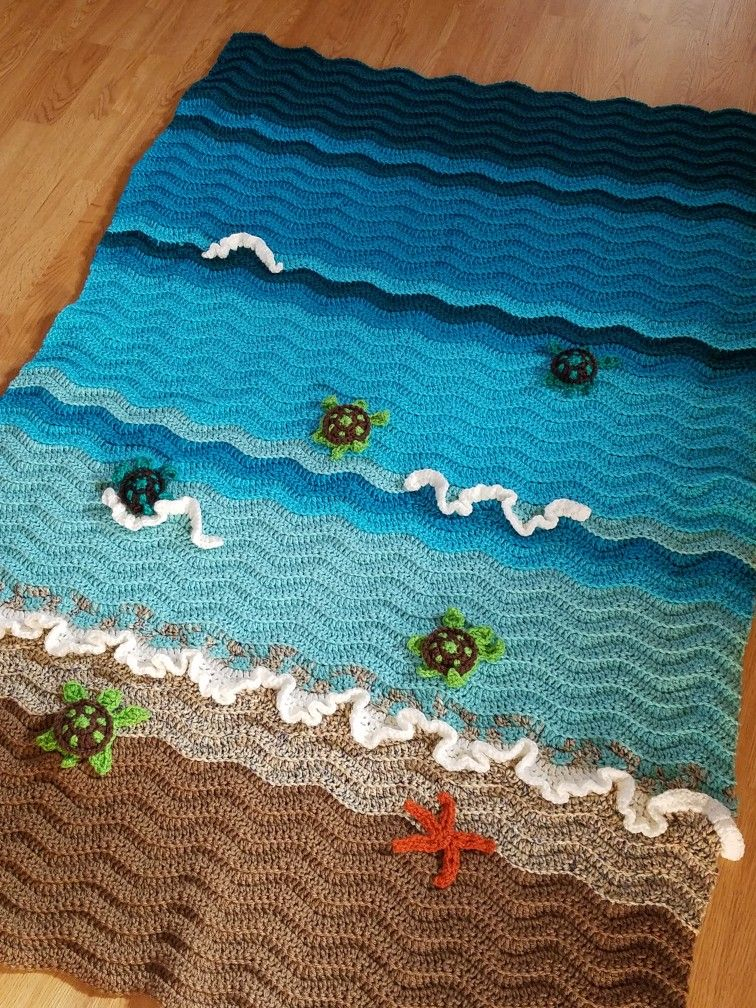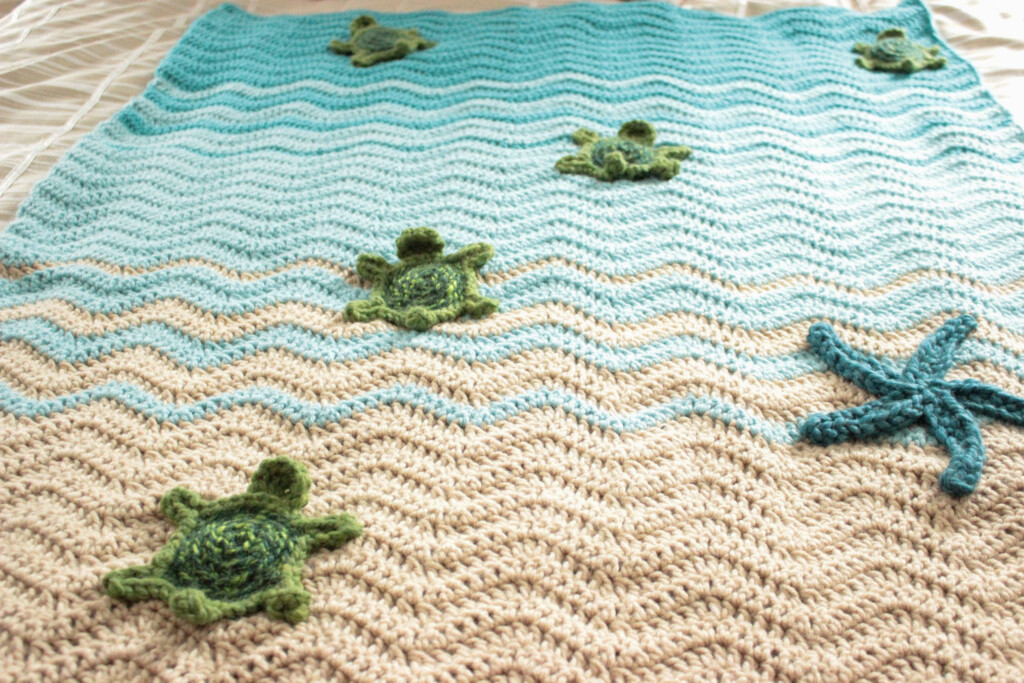You are about to explore the delightful world of crochet with our free turtle blanket pattern, perfect for both beginners and seasoned crafters. This charming design not only keeps your little ones cozy but also adds a fun, playful touch to any nursery or playroom. With easy-to-follow instructions and detailed tips, you’ll have a wonderful keepsake in no time. Gather your yarn and hooks, and let’s begin on this creative journey together!
Materials Needed
Your crochet turtle blanket project will require several key materials to ensure your creation is both beautiful and cozy. Gather the yarn, crochet hooks, and any optional embellishments you would like to add. A well-selected combination of these materials will enhance your design and give you the perfect foundation for making a lovely blanket.
Yarn Selection
Around the world of crochet, yarn selection plays a significant role in the final appearance and feel of your turtle blanket. Opt for soft, high-quality yarn that is comfortable against the skin, especially if this blanket is intended for a little one. Look for vibrant colors to bring your turtle design to life.
| Yarn Type | Characteristics |
|---|---|
| Wool | Warm and durable |
| Acrylic | Soft and easy to care for |
| Cotton | Breathable and lightweight |
| Blend | Combination of fibers for added benefits |
| Chunky | Quick to work with and thick |
Crochet Hook Types
But choosing the right crochet hook is imperative for achieving the desired tension and stitch definition in your turtle blanket. Depending on the yarn weight and your personal comfort, consider various hook materials such as aluminum, bamboo, or plastic. Each type has its unique feel and glide while working your project.
| Hook Material | Best For |
|---|---|
| Aluminum | Quick stitching |
| Bamboo | Comfortable grip |
| Plastic | Lightweight use |
| Ergonomic | Easy on the hands |
| Steel | Fine threads and lacework |
- When choosing your crochet hook size, refer to the yarn label for recommendations.
- Testing different hooks will help you find what feels best for your grip and working style.
- Using the wrong size hook may affect your stitch tension and blanket dimensions.
- Some crocheters prefer inline hooks for their stitch clarity.
- Thou shall experiment with various types until you find your favorite!
Stitch Techniques
It’s important to familiarize yourself with various stitch techniques to create a beautiful crochet turtle blanket. Mastering these techniques will not only enhance your skills but also add texture and dimension to your project. The right stitches will help bring your turtle design to life and ensure a cozy, visually appealing result.
Basic Stitches
Beside the fun turtle pattern, having a strong grasp of basic crochet stitches is foundational for your project. You’ll mainly use stitches such as chain, single crochet, and double crochet, which form the building blocks of your blanket. These stitches are easy to learn, making them perfect for beginners while also versatile enough for experienced crocheters.
Special Stitches for the Turtle Design
Across your turtle blanket, you’ll employ a few special stitches that add uniqueness and flair to your design. Techniques like the puff stitch and shell stitch are particularly effective in creating the turtle’s shell texture and adding dimension to the blanket. These stitches transform basic crocheting into an intricate work of art.
And incorporating special stitches not only enhances the aesthetic appeal of your turtle design but also adds a tactile experience to your blanket. Puff stitches create lovely raised sections that mimic the turtle shell’s bumps, while shell stitches form beautiful curves, contributing to a whimsical feel. Experimenting with these techniques will help you achieve a stunning, personalized finish for your crochet turtle blanket.
Turtle Blanket Size Options
Any crochet project can be tailored to suit your needs, and the Turtle Blanket is no exception. You have the flexibility to choose from different sizes to create the perfect blanket for your little one. Whether you want a cozy baby blanket or a larger option for a toddler, this pattern can be adjusted to accommodate various preferences.
Baby Blanket
An ideal baby blanket typically measures around 30 inches by 30 inches, offering a snug and secure environment for your newborn. This size is perfect for swaddling, stroller rides, or playtime on the floor, making it a practical crochet project to cherish for years.
Toddler Blanket
Blanket sizes for toddlers generally range from 40 inches by 40 inches to 50 inches by 60 inches. These dimensions provide ample coverage, allowing your child to wrap up comfortably during naps or stay warm while playing. A larger blanket is also great for cuddling with you on the couch or as a comforting companion during bedtime stories, ensuring it remains a beloved item as they grow.
Step-by-Step Pattern Instructions
Unlike other crochet patterns, this Turtle Blanket is designed to be simple yet effective. Follow the table below to get a clear breakdown of each step and material required.
| Materials Needed | Instructions |
|---|---|
| Yarn (green, blue, white) | Choose specific shades for your turtle and blanket base. |
| Crochet hook (size H or I) | Use the recommended size for the best stitch definition. |
| Scissors | To cut your yarn when switching colors or finishing. |
| Yarn needle | For weaving in ends neatly after completing the blanket. |
Starting the Blanket
StepbyStep, begin your Turtle Blanket by creating a foundation chain. This initial chain sets the width of your blanket, so make sure to follow the pattern guidelines for the desired size. Once your chain is established, you’ll work into each stitch to create the base before moving onto the turtle design.
Completing the Turtle Design
StepbyStep, once you have the base of your blanket, it’s time to bring your turtle to life. You will follow the color changes and stitch patterns outlined in the instructions to create the turtle’s body, shell, and facial features. Each segment requires careful attention to detail to ensure a vibrant and charming finished design.
Instructions for completing the turtle design involve working in rounds and adding various stitch techniques. You will incorporate different colors to reflect the turtle’s shell patterns, using slip stitches and double crochet to build dimension. Pay close attention to your tension and keep your stitches even for a polished appearance. Your unique touch will enhance the final look of the turtle on your blanket.
Customization Ideas
Many crocheters enjoy personalizing their turtle blankets to make them truly unique. You can add your own touch with different yarn textures, stitch types, or sizes. Incorporating embellishments like crocheted flowers, shells, or even a personalized name tag can enhance your blanket’s aesthetic. Don’t hesitate to modify the pattern to suit your personal style or your gift recipient’s preferences for a one-of-a-kind creation.
Color Variations
Color plays a significant role in crafting a beautiful turtle blanket. You can choose vibrant turquoise and green for a traditional sea turtle vibe or opt for pastels to create a softer look. Feel free to experiment with ombre or variegated yarns that blend multiple shades together, resulting in a stunning visual impact that matches your decor or the recipient’s personality.
Personalizing the Blanket
Between different motifs, color schemes, and yarn styles, you have the freedom to make your turtle blanket a true reflection of your taste. Think about incorporating themes, such as beach or ocean elements, that are close to your heart. You can also add initials, names, or meaningful quotes to make the blanket a very special gift or keepsake.
And if you’re looking to elevate your blanket further, consider customizing the size to suit a particular space, like a crib or a large living room couch. You might also explore different crochet techniques, such as the use of puff stitches or lace patterns, for added texture and complexity. Every choice you make contributes to the uniqueness of your personalized turtle blanket, allowing your creativity to shine through in every stitch.
Troubleshooting Common Issues
Despite your best efforts, you may encounter some challenges while creating your crochet turtle blanket. Common issues include uneven tension, mistakes in the pattern, or incorrect sizing. Don’t worry! With a little troubleshooting, you can easily fix these problems and ensure your blanket turns out beautifully.
Fixing Mistakes
An easy way to address mistakes in your crochet work is to unravel your stitches back to the error. If you catch a mistake early, you may only need to undo a few rows. Use a crochet hook to carefully pull the yarn back, and then rework those stitches accurately. This ensures that your blanket maintains a neat and polished appearance.
Adjusting Gauge
Between your yarn, hook size, and individual tension, achieving the right gauge for your turtle blanket can be a challenge. To get the best results, make a swatch before starting your project. This will help you determine if your current hook or yarn affects the gauge and allow you to make adjustments as needed.
Troubleshooting gauge issues is important for a well-fitting blanket. If your swatch is too loose, consider switching to a smaller hook or trying a different yarn type. Conversely, if it’s too tight, opt for a larger hook or a thicker yarn. Adjusting your gauge ensures your turtle blanket will be the correct size and beautifully shaped.
To wrap up
So, as you investigate creating your Crochet Turtle Blanket, utilizing a free pattern can make the process enjoyable and fulfilling. Not only will you enhance your skills, but you’ll also produce a lovely, personalized addition to your home or a thoughtful gift. By following the instructions and utilizing your creativity, you can craft a soft, charming blanket that showcases your crochet talent. Embrace this opportunity to express yourself and bring joy to your spaces or loved ones with your unique creation.
Download Crochet Turtle Blanket Pattern Free
To get Crochet Turtle Blanket Pattern Free ideas and stuff, check out the gallery of them below:
